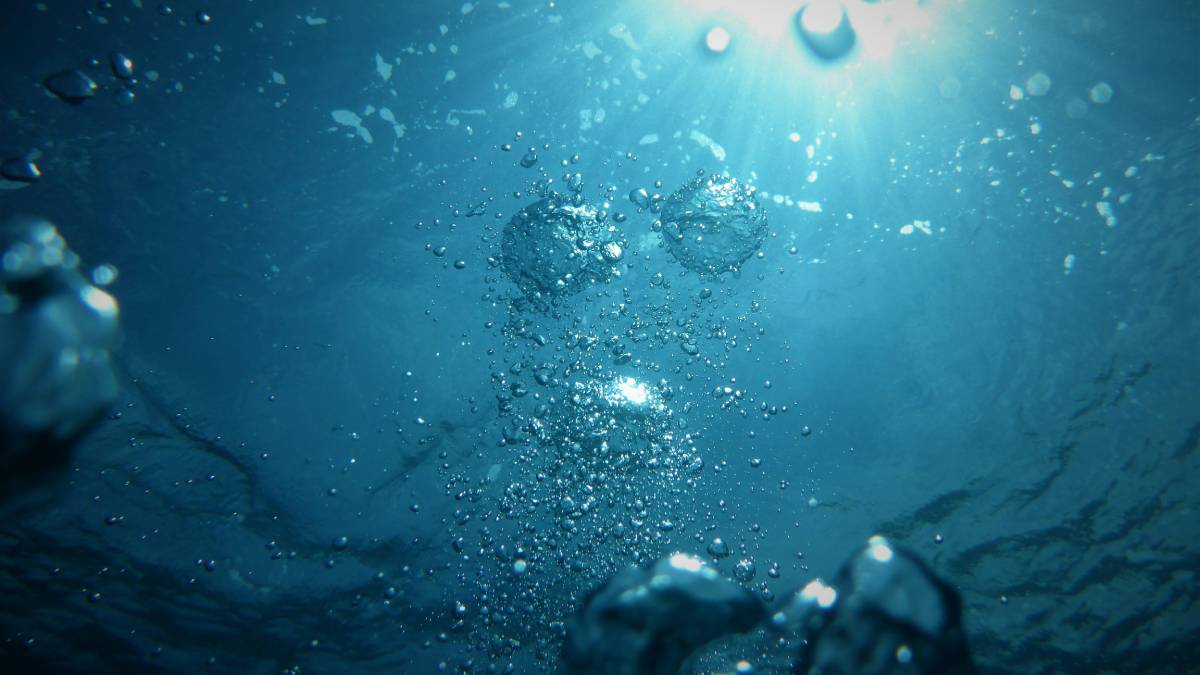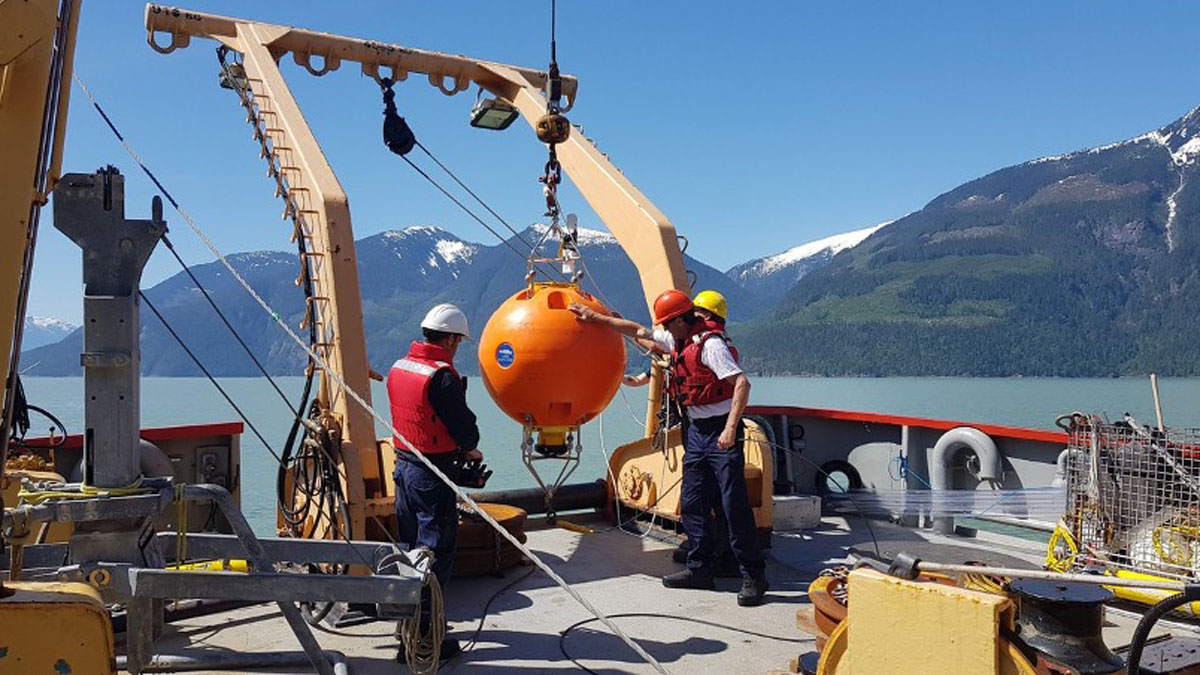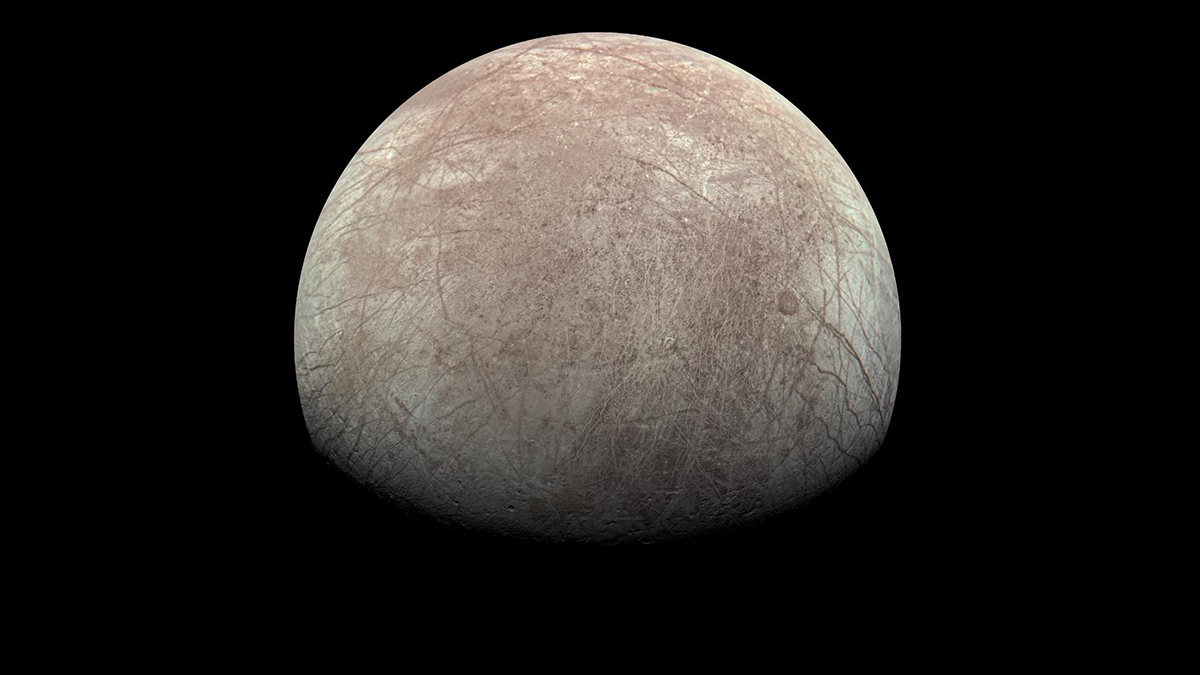Seamounts may play a significant role in ocean turbulence and the upwelling of deep waters.
ocean circulation
An All-Community Push to “Close the Loops” on Southern Ocean Dynamics
A new study highlights the connected nature of the Southern Ocean dynamic system, the research priorities needed to understand its influence on climate change, the importance of cross-disciplinary collaborations.
Scientists Are “Gobsmacked” by the Variability of Seafloor Currents
The speed and direction of deep currents off Mozambique’s coast are more subject to change than scientists expected.
The Many Adventures of Nitrogen in the Arctic Ocean
New research reviews how our atmosphere’s most abundant element cycles through the Arctic Ocean—and how climate change could affect the process.
Scientists Find Clues to Atlantic Current’s Future in Ancient Iceberg Debris
Modern ice loss from Greenland rivals the most dramatic episodes of ice sheet collapse.
Europa’s Ocean Might Lack the Ingredients for Life
The lack of volcanism and tectonic activity on Europa’s seafloor might hinder the moon’s potential to host living organisms.
Mars as a Driver of Deep-Sea Erosion
An analysis of breaks in deep-sea sediment links the geological record to a 2.4-million-year cycle that heats Earth and ventilates our oceans.
Super Tuesday Lays Out Election’s Environmental Stakes
U.S. elections could pull the country back from several environmental tipping points—or push it beyond them. Scientists are urging people to seek climate action beyond the ballot.
Mapping the Ocean’s Motion Energy
The ocean is a central component of Earth’s climate system. But it is in perpetual motion, and understanding the transfer of kinetic energy is key to better ocean models.
科学家研究木卫二的热量如何通过海洋向上传递
木星的卫星木卫二可能是太阳系中最有希望寻找到生命的地方之一。一项新的研究探讨了热量是如何从木卫二的地幔通过海洋转移到其冰壳中的。










